H&V News hosted their annual Better Buildings Summit 2022 on Tuesday 29th March.
Here are some of the key takeaways we took from the speakers, covering a range of topics, from helping other suppliers understand fire regulations better post Grenfell to whether or not big business cares about NetZero.
Who were the speakers?
The speaker line up for the H&V News Better Buildings Summit 2022 included sustainability experts, Health and Safety Professionals, Fire Safety Specialists, Building Services engineers and consultants on the cutting edge of Building Technologies.
- Peter Rankin, Head of Energy and Environmental Standards
- Anni Folan White, Ingleton Wood LLP
- Fiona Hughes, Element Energy
- Graeme Rees, Building Controls Industry Association
- Rebecca Crosland, BESA
- Adam Eaton, Hydrock
- Adam Taylor, ARM Environments
- Orlaith Gillen, Panasonic Ireland
- Laura Mansel-Thomas, Ingleton Wood LLP
- Colin Timmins, BEAMA
- Owen Connick, Hoare Lea
- Ben Cross, General Projects
- Tassos Kougionis, McBains
- Jade Lewis, Sustainable Energy Association
What were the topics covered in the Buildings Summit 2022?
Peter Rankin, Head of Energy and Environmental Standards, kicked off proceedings with a brief outline of the legislation changes coming into force on 15 June 2022.
These have significant implications for heating and ventilation engineers, renewable energy installers and Fire Safety Professionals.
The theme of the summit was around designing buildings for Net Zero, safety and wellbeing.
15 takeaways from the H&V Better Buildings Summit 2022
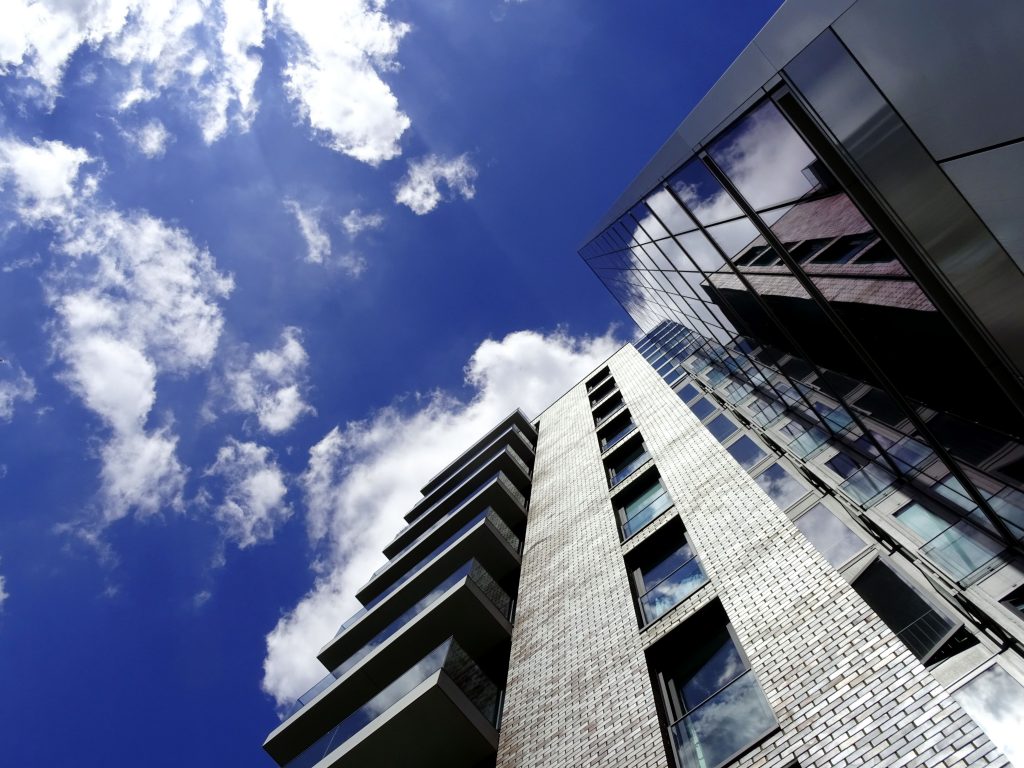
1. The big date: 15 June 2022
15 June 2022 is the date when the new Department for Levelling Up, Homes and Communities (DLUHC) standards will be published. The changes to legislation will cover:
- Ventilation (Approved Document F)
- Energy Efficiency (AD L)
- Overheating (AD O)
- Infrastructure for Charging Electric Vehicles (AD S)
The regulations require new CO2 emissions to be reduced by 30% compared to current standards in New Build properties and 27% lower in offices and retail buildings.
2. Heat Pumps to play a key role in meeting Future Homes and Building Standards
Changes to energy efficiency are an interim step ahead of the full Future Homes and Building standards changes that come into force from 2025, these include:
- 75% lower CO2 emissions for new homes built from 2025
- Part L 2021 uplift
- Consultation to start on potentially removing New Homes from the gas grid
Meeting CO2 targets can be achieved in a variety of ways. However, renewables appear to be the most effective gateway to reach those adjusted CO2 emission standards.
The recent reduction of the VAT rate in the UK to 0% on renewable energy products, highlights support from the government in incentivising these technologies.
The VAT reduction would include any of the following installed energy saving products:
- Controls for Central Heating and Hot Water Systems
- Solar Panels
- Ground Source Heat Pumps
- Air Source Heat Pumps
- Draught Insulation
- Wall, floor, ceilings and loft insulation
- Wind Turbines
- Water Turbines
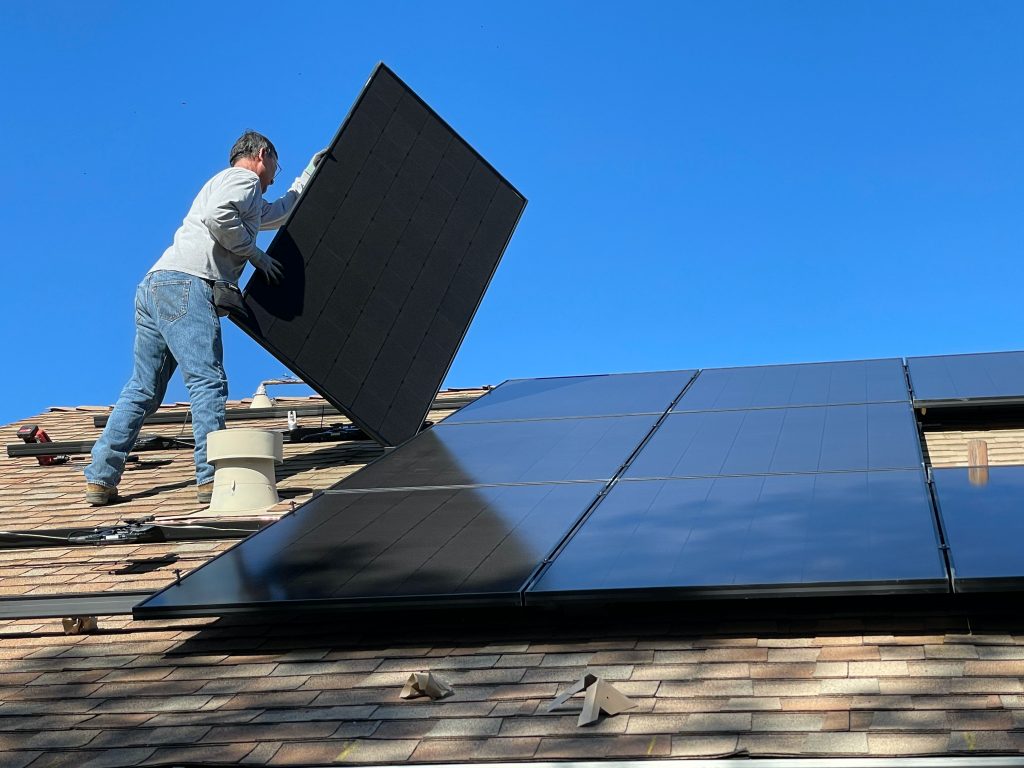
3. Air cycling systems should be capable of providing outdoor air in offices
Indoor air quality played a huge role in the summit and the focus on monitoring CO2 and air quality was obvious. Systems that recirculate air in office spaces will need to be capable of providing outdoor air when needed.
Unless HEPA filters can be installed or UVC cleaning systems are in place.
4. A simplified method of determining major and minor ventilation issues will be introduced
In an effort to unravel the complexity of the current model, a new simplified method of determining the scale of ventilation required has been introduced by the Department of Levelling up Housing and Communities.
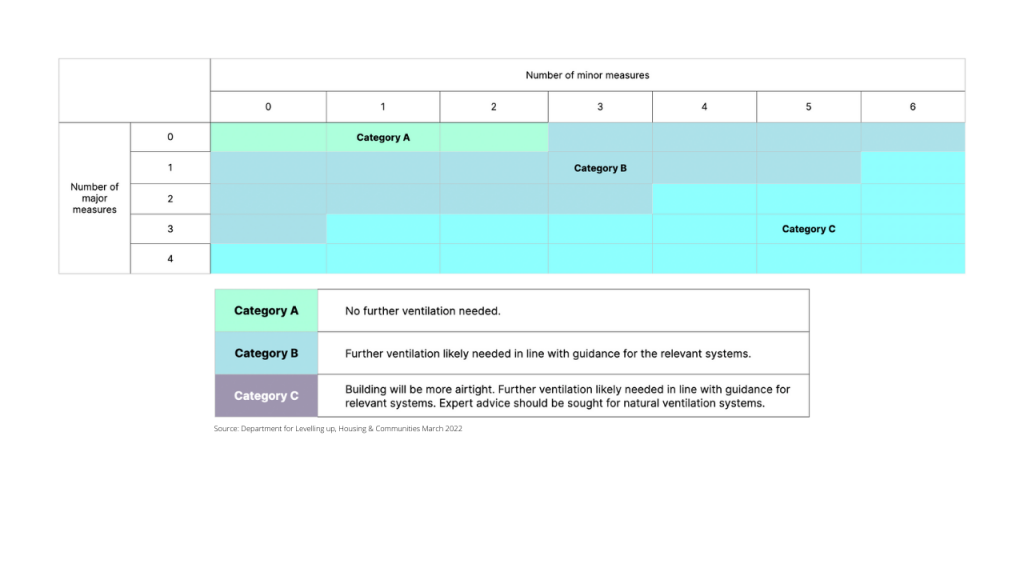
5. Smoke and carbon monoxide alarms will be required in social rented homes
Smoke alarms will be required in social rented homes and made mandatory in rooms with fixed combustion appliances used for heating in private and social rented homes.
Document J has been approved requiring a Carbon Monoxide alarm upon the installation of a fixed combustion appliance for heating.
6. A culture change around air quality is on the horizon
Peter Rankin believes that we may start to experience a shift in culture around air quality. He commented “There is an expectation of a culture change. People will likely want to know more about the air quality in public spaces”.
The Covid-19 pandemic put ventilation, health and welfare on the top of the agenda, particularly for those in offices and in high density residential buildings.
Peter believes people may start making decisions about where they go and the buildings they use based on air quality.
7. Too much focus is being given to the installation of air controls and not enough on continued use
Many considerations are made when specifying the right systems for a building.
It’s usage profile, the number of occupants and size but there is no ongoing requirement for the performance to be checked after installation.
8. Energy costs will be a catalyst for action in both public and commercial sectors
Previously, there weren’t many incentives for focusing on sustainability and energy cost reduction. Energy prices for the many were affordable and it wasn’t high on the agenda for New Homes, Retro-fit and Commercial occupier markets.
“The increase in energy costs will be a trigger for many to take action, in both the business and public sector” – Graeme Rees, Building Controls Industry Association
The rising costs of energy is likely to be a catalyst for change. A spotlight is on savings and building owners will put pressure on facilities management and service partners to reduce energy costs.
9. There’s not enough long term thinking about the use of a building
Leased offices go through several occupiers, each with their own different usage of the building, but are the Building Control and air ventilation systems reviewed as and when the building changes hands to different occupants.
More could be done to make buildings more energy efficient by reviewing if the system in place is fit for purpose when occupants change.
Fiona Hughes, Consultant for Element Energy said, “Simple, understandable, actionable. If you’re getting information from your building controls you need to know what you can do with that”.
Fiona highlighted the need to ask for help, bring someone in and look at your system. Make sure you’re getting the best out of it.
10. Even if ‘big business’ isn’t concerned about rising energy prices they care about their brand reputation
Carbon reduction, NetZero and Sustainability is creating excitement in the construction, fire safety, heating and ventilation sectors.
Some big businesses might not be engaged in making changes based on energy prices, having the revenue to easily manage those costs.
What they do care about is Brand reputation. Which, if damaged, can be far costlier for them. Large businesses are getting involved and leading the agenda for Netzero and energy efficient solutions to protect their brand.
11. We are entering the era of remote monitoring
Sophisticated Building Control systems linked to cloud based software is helping facilities managers and suppliers better understand a building’s energy performance. The extra visibility is allowing them to highlight the cost savings they are able to achieve.
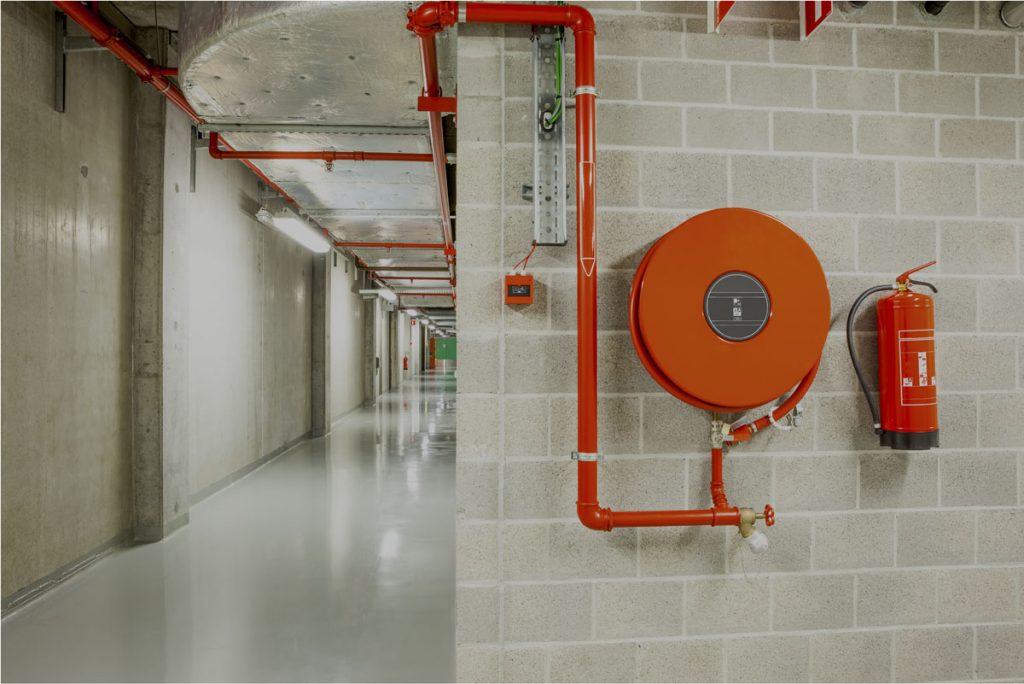
12. Suppliers need to communicate better to achieve greater fire safety
The responsibility for fire safety is falling on the shoulders of fire safety engineers, for no greater reason than its complexity makes the most basic understanding of regulations, which often change, a huge hurdle.
For buildings to achieve greater fire safety standards there needs to be a drive to simplify the language around fire safety.
“We’ve got to make everything [relating to fire safety] in plain speak, it must be accessible for all. Everyone is working together but we are still having miscommunication” – Rebecca Crosland, Head of Health & Safety BESA.
When asked to grade the HVAC industry’s understanding of Fire Safety out of ten, Rebecca Crosland gave it 7/10. It was agreed there is a good awareness but more training is needed to help collaboration with all those running the building.
13. Not enough attention was given to ventilation during Covid-19
Colin Timmins, Director of Building Technologies BEAMA, said “Policies around hand washing and masks were far easier to adopt and understand. Ventilation wasn’t ever at the forting of combating the spread of Covid-19.
“Ventilate when you insulate” – Colin Timmins, Director of Building and Technologies, BEAMA
14. Think less about the building and more about how it’s used
To create truly energy efficient buildings we need to ensure we understand the usage of the building.
Laura Mansel-Thomas, Ingleton Wood LLP, believes “We need to think about the buildings from their start, looking at the purpose of the building, its design occupancy, how many regular visitors does it attract and the impact that has on air quality and virus transmission.
Laura would like to see how you can design a space from day one, consider the roads, the trees, its energy usage from the beginning.
15. Achieving NetZero with a retro-fit building project is challenging but worth it
Taking decisions on new builds with the environment in mind is relatively more straightforward. Although the technology constantly evolves and the scope of a project can change over time, you are building from the ground up and that simplifies things.
Ben Cross, Development Director, General Projects, believes we are making decisions to reinvent, knockdown and start again, instead of ceasing an opportunity to improve something, building upon an existing structure presents a great opportunity to create something unique.
“It’s probably cheaper, easier, and less work to knock a building down, start with a fresh slate and build to code. But, it’s far more exciting to make something better and re-imagine a building”.
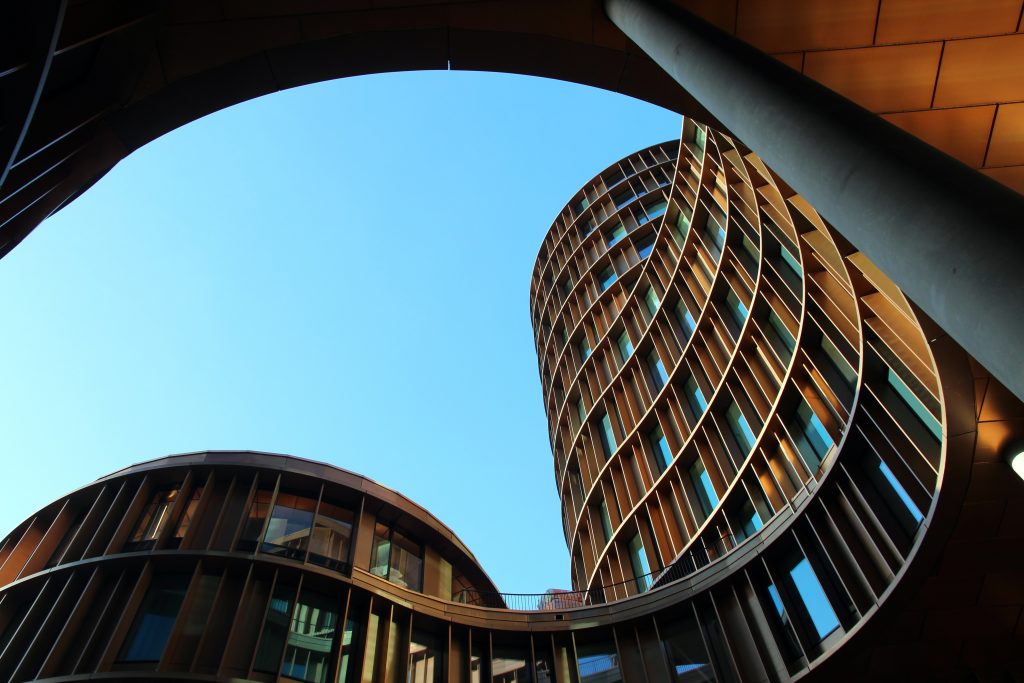
Better Buildings Summit 2022: Final thoughts
Changes in standards and the shift towards trying to create more sustainable buildings for today and tomorrow presents a huge opportunity for the Heating and Ventilation industry.
As it also does to other industries they collaborate with such as Fire Safety, Renewable installers and Facilities Management teams.
Indoor Environmental Quality (IEQ) is encouraging building technology and sustainability experts to think differently about our work spaces, our homes and leisure destinations.
Communication is likely to be the biggest obstacle, with so many different disciplines coming together to create these spaces, it’s important we simplify the language and get everyone on the same page.
As Jade Lewis, Sustainable Energy Association, put it perfectly…
“Health and welfare needs to be considered. Let’s put the person at the centre of decision making and aim for sustainability”
Additional reference material
You can find more on the Better Buildings Summit by visiting H&V News website.
You can find the documents relating to the Future Homes legalisation on gov.uk or get a hard copy by visiting RIBA Books www.ribabooks.com/approved-documents.
The UK government will also release a ‘How to Build’ guide on the Future Homes Hub.

